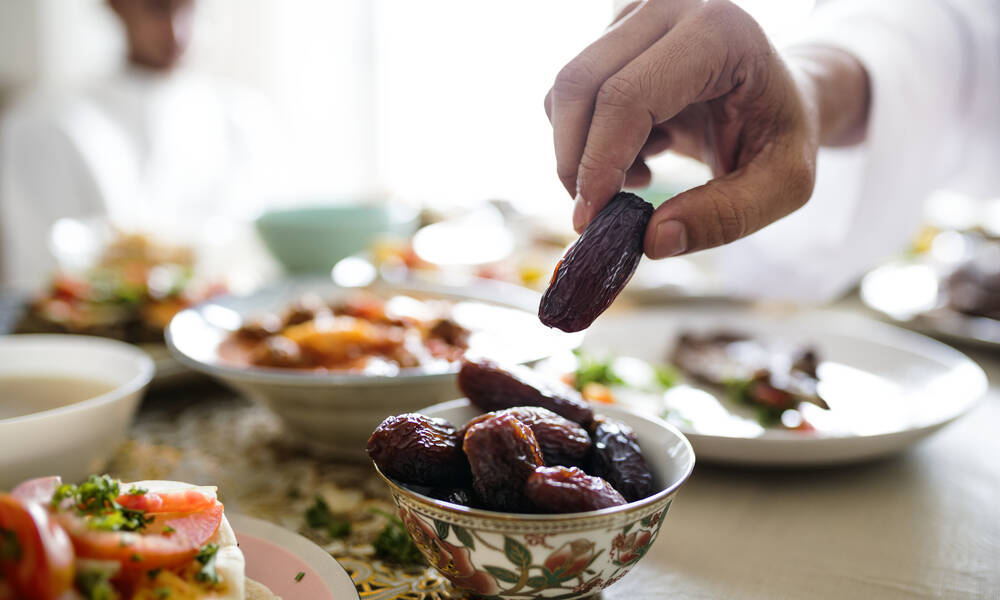
Associations Provide Tools to Keep Ramadan Healthy
The International Glaucoma Association and the American Association of Diabetes Educators have each created free resources aimed at keeping Muslim patients healthy as they participate in the holy month of fasting.
With the goal of helping Muslims with chronic health conditions participate in Ramadan—the Islamic month of fasting from sunrise until sunset—two associations have created materials to help the faithful fast safely.
“We started this campaign when we became aware that some Muslims stopped using their drops during the fasting period because they thought it broke the fast,” said Karen Osborn, CEO of the International Glaucoma Association, which is based in the United Kingdom.
This is the second year IGA has spearheaded the initiative to assure Muslims that using their glaucoma drops does not violate Ramadan’s fasting rules, which require no eating or drinking during the day.
“Glaucoma is usually asymptomatic and sight loss is very gradual, so if people stop using their drops they don’t notice any difference,” Osborn said. “Forty percent of vision can be lost before it is noticed, so people might stop using their drops during Ramadan and then, because they didn’t notice any deterioration in their vision, wouldn’t restart their drops.”
IGA partnered with the Muslim Council of Britain for its program and has created an informational poster and flyer it sends out free to those in the UK. The materials are also available to download for free, with the poster available in multiple languages, including English, Arabic, Somali, and Urdu.
Ramadan is based on a lunar calendar, so its timing moves each year. Because there is more daylight closer to the summer solstice, and daylight can vary based on location, the total time required to fast can last as long as 20 hours.
Not eating for long stretches can cause problems for diabetics, including hypoglycemia (low blood sugar), hyperglycemia (high blood sugar), or dehydration. That’s one reason the American Association of Diabetes Educators this year posted two fasting information sheets for Ramadan. One sheet is aimed at diabetes educators, while the other is geared toward patients.
“They have been such a popular addition to our website,” said Joanne Rinker, AADE’s director of practice and content development. “We haven’t really had it on that long, but people are paying attention.”
The idea for the information sheets came from a member, who felt AADE needed more resources in this area. “There are some educators who only come into contact with one or two [Muslim patients] in five years,” Rinker said. “But she worked very closely with this religious population. She said, ‘I’d really love to help by creating this tip sheet to share with other diabetes educators.’ We were thrilled.”
After the member created the tips sheets, AADE reviewed and added them to its website, along with links to in-depth professional articles. “There is more information about fasting in the literature,” Rinker said. “They could go read a journal article about putting this into practice.”
Rinker expects diabetes educators to use the information sheets as a refresher on what to tell patients who plan to fast. They can then pass along the patient-focused sheets as a reminder of what was explained during the office visit.
“Our members can share this as a reinforcement tool,” Rinker said. “After [patients] get home, they may not remember everything the diabetes educator said.”
A date, traditionally the first thing eaten at Iftar, the meal traditionally eaten when breaking the fast at sunset during Ramadan. (Rawpixel/iStock/Getty Images Plus)






Comments